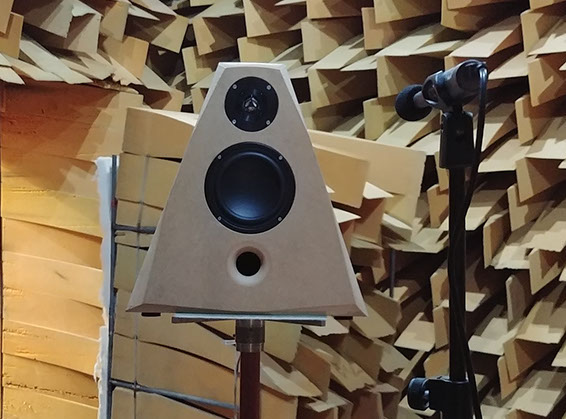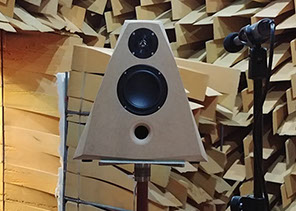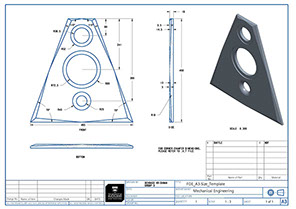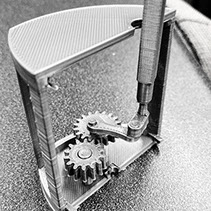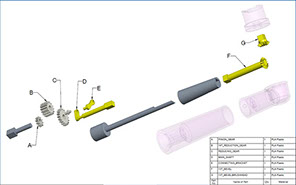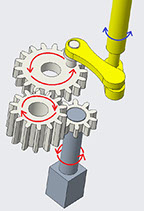


Loudspeaker cabinet design and crossover tuning
After extensive background research on different speaker cabinet types, as well as acoustic performance optimisation of speakers, concepts were drafted for a ported (bass reflex) speaker type. Construction cost considerations, and theoretical calculations of speaker parameters (via online calculators, MATLAB and acoustic theory) allowed the team to narrow down to what was believed to be the optimal design. From there, steps were taken to model, manufacture and assemble a working product as proof of concept. The frequency response characteristics of the loudspeaker were tested in the University Of Auckland anechoic sound chamber, and necessary adjustments were made to the output signal via a Digital Signal Processer (DSP). The adjustments made enabled response manipulation such that a flat (+-3dB) frequency response could be achieved between 70-18,000 Hz. In essence, a well performing loudspeaker with acoustic excellence was designed and constructed. Not only does it exhibit great functionality, but it is also aesthetically pleasing, affordable and, most importantly, a viable model for the domestic market.
In collaboration with;
MONIQUE OLIVER
AATHIRA NAIR
JESSICA CHEN
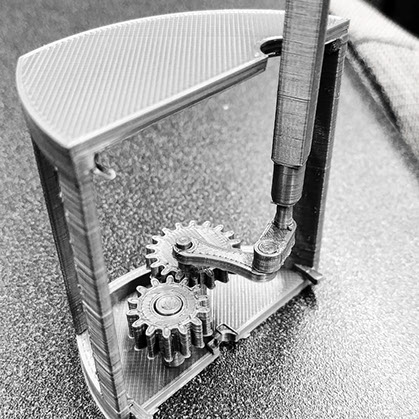
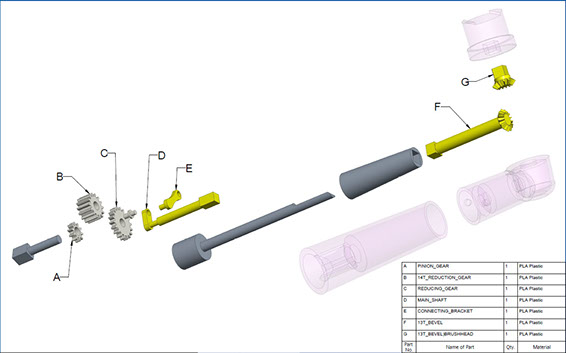
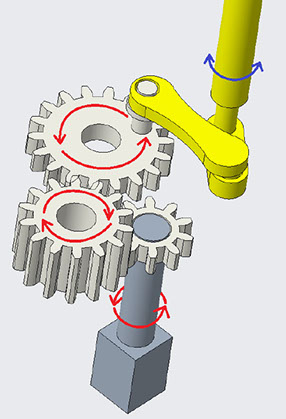
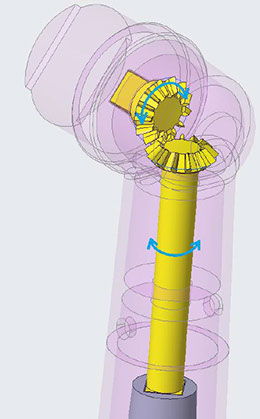
portfolio
Computer aided process planning
A numerical control (NC) process setup was designed to manufacture the block in the drawing (left). Priorities such as time & precision, appropriateness of the selected tool, etc, were considered. A final NC process plan was created collaboratively after consolidating ideas with colleagues. The toolpath was simulated in PTC's Creo software package.

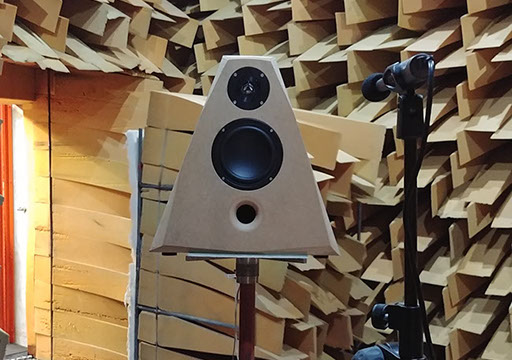
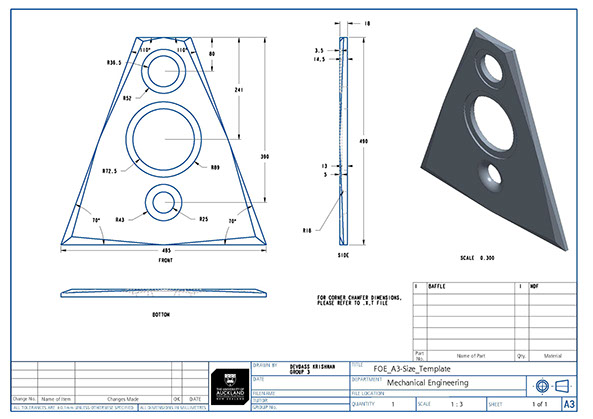
Plant layout design
Using Muther’s systematic layout planning procedure, a relationship diagram from a given activity relationships chart was created, and, using the details of the amount of space to be assigned to each activity, a space relationship diagram was drawn. Having selected the layout which, likely operational requirements, a proposed departmental layout is was drawn on a given building plan.
Electric toothbrush powertrain design
This design project aims to produce a prototype for an electric toothbrush’s powertrain mechanism. It provides a background in current market trends and existing, mass manufactured mechanisms. After evaluating this research, a 4-bar linkage and bevel gear system was selected to be designed. Using a combination of hand-written and code-based calculations, we provide a prototype solution that was very close to the required design specifications. Various computer analysis was performed on our model, constructed In the CAD software package, CREO.
